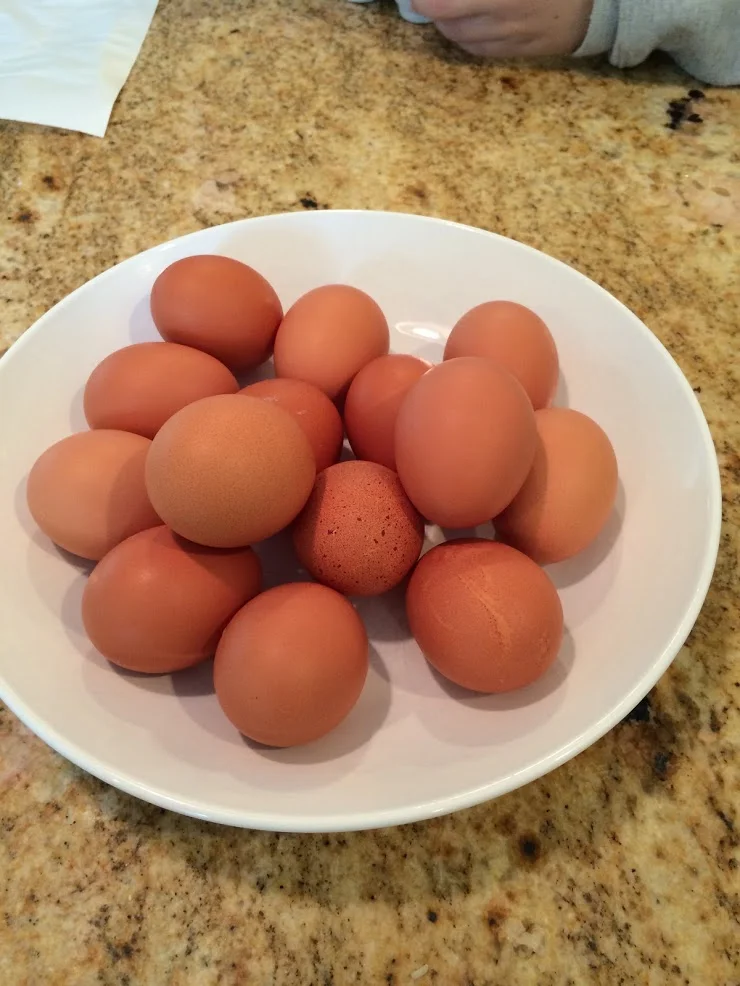(Inspired by “A Fowl Story,” p. 54, Cornfields to Codfish)
This is another recipe I’ve never made but decided to share. I have a weakness for thick homemade noodles. So, much like goose fat roasted potatoes in England, it’s best that I not make noodles at home.
One of my great aunts made the best tuna and noodles. I used to rave about her thick homemade noodles. Some thirty years later, she pulled me aside at a family gathering and – with a smile that never left her face – quietly confessed, “You know, Linda, I don’t make those noodles. They’re frozen!” I was shocked. Still, I’m guessing when she was younger, she, too, probably made noodles from scratch.
This recipe has been transcribed and passed along to us grandkids by my aunt, my grandma’s youngest daughter:
Makes 6–7 cups of cooked noodles. Recipe doubles easily; noodles freeze well, cooked or uncooked. Allow 4–5 hours total preparation time as they have to dry. If using egg yolks, more water may be needed.
Ingredients
Slightly more than 1 c. flour, plus more for rolling out
¼ t. salt
2 eggs or 4 egg yolks
Scant 1 T. water
Whisk eggs or egg yolks and salt until slightly frothy. Stir in flour until blended well. Next stir in water, which will make dough sticky. Then stir in a little more flour until dough is drier and forms in a good ball.
Divide dough into two balls. Roll each ball into about a 9” x 15” oval, making sure to roll it about as thin as cereal box cardboard. You’ll need to add quite a bit of flour under it as you roll it out thin and flip it over several times. If it sticks, use a knife to loosen it.
When you have it thin enough, take one thickness of clean newspaper (not newsprint but rather the Sunday newspaper) and drape it over the back of a straight-backed kitchen chair. Then pick up the dough oval with the rolling pin and drape it over the newspaper.
Let dry in room air, 1–1 ½ hours until surface of dough feels dry. Flip oval over so the other side can dry for 40–50 minutes more. Dry until dough just starts to get stiff and holds its shape when picked up.
Transfer dough to cutting board and, starting with narrow end of oval, roll dough up tightly in jelly roll fashion. Slice roll into ⅛-inch strips. Grandma always said, “The thinner the noodle the better.” (An aside: I beg to differ – the thicker the better for me!)
Uncoil each noodle strip and spread out on a cookie sheet or kitchen table to air dry for another 1–2 hours until noodles feel pretty dry to the touch. Cook immediately or freeze for up to 3–4 months in bags or airtight containers. This batch makes about a 1-quart freezer bag of noodles.
To cook noodles with chicken: Bring 3 ½ c. lower-salt chicken broth and pieces of cooked chicken to a boil. Then add half a batch of noodles; the other half may be frozen for later use. Return to a boil, cover, and lower heat.
Gently boil 25–30 minutes until noodles are tender and most of the broth is absorbed, stirring occasionally.
These noodles are also good cooked in beef and beef broth. In addition, they can be added to other soups and stews.
